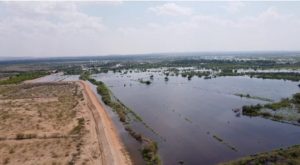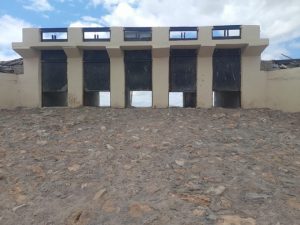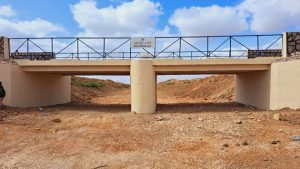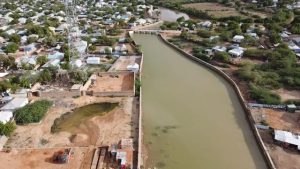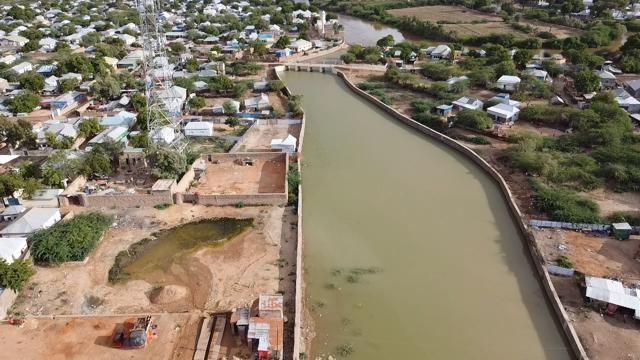
The Muslim World League, a global non-governmental Islamic organization, has built four new bridges and a six-kilometre canal in Beledweyne, the administrative center of Somalia’s central Hiiraan region.
The canal, extending from Hillokeliyo to Dhagahjebis, features four bridges, including three new ones and one repaired by the project, which the Muslim World League supported. The organization also fixed the Hillokeliyo dam on the south side.
The six-kilometre canal has two sluice gates on each side that regulate river and canal water levels and flow rates.
Though Beledweyne residents have faced annual flooding and expressed relief this year, some still harbour concerns. The water reached Jayga Qoqne on Friday before flowing to Hillokeliyo.
However, Senior Civil Engineer and Sama International Consultant Eng. Abdulrashid Ali Omar assured in an exclusive interview with HOL that there is water in both dams, but there is no cause for concern.
Engineer Abdulrashid credited the effectiveness of the dams built in Hillokeliyo and Jayga Qoqne, the retaining wall structures alongside the river, and barriers for efficiently holding back significant water.
“I understand people’s concerns, but the water level is the same as it was three weeks ago. There’s no need to worry. The built-up areas can manage the water if it rises,” Engineer Abdulrashid added.
Engineer Abdulrashid, who participated in the canal and dams projects construction, emphasized that the built dams vary in size. For instance, Jayga Qoqne and Hillokeliyo have different dimensions, and the walls erected along the riverbanks also differ in size.
Since the dams’ completion, children have played near the sluice gates controlling the river’s water. However, Engineer Ahmed Hajji Abdullahi Fodey, Muslim World League Project Coordinator in the Hiiraan region, expressed concern and urged local authorities and residents to protect the gates controlling the Shabelle River’s flooding in Beledweyne.
Eng Ahmed noted that the dams and canal, supported by the Muslim World League, were built at a height capable of withstanding the river’s water.
“The flooding isn’t man-made. Maybe something beyond our capability could occur, but until now, we have confidence in the work done on the structures to control Beledweyne’s flooding. Ninety percent of the water in the river comes from rainwater falling in the Ethiopian and Somali highlands,” he added.
The Dhagah Jebis dam, built by the Muslim World League in 2022, halted flooding from the Hawa Tako and Kooshin neighbourhoods.
Moderate to heavy rainfall is anticipated across central and northwestern Somalia, with light showers over southern and northeastern regions.
The Somali Water and Land Information Management’s weekly report indicated that the Shabelle River’s level at Beledweyne increased from 6.38 m on April 26th to 7.50 m, 20 cm above the high-risk threshold, as reported on May 4th, 2023.
